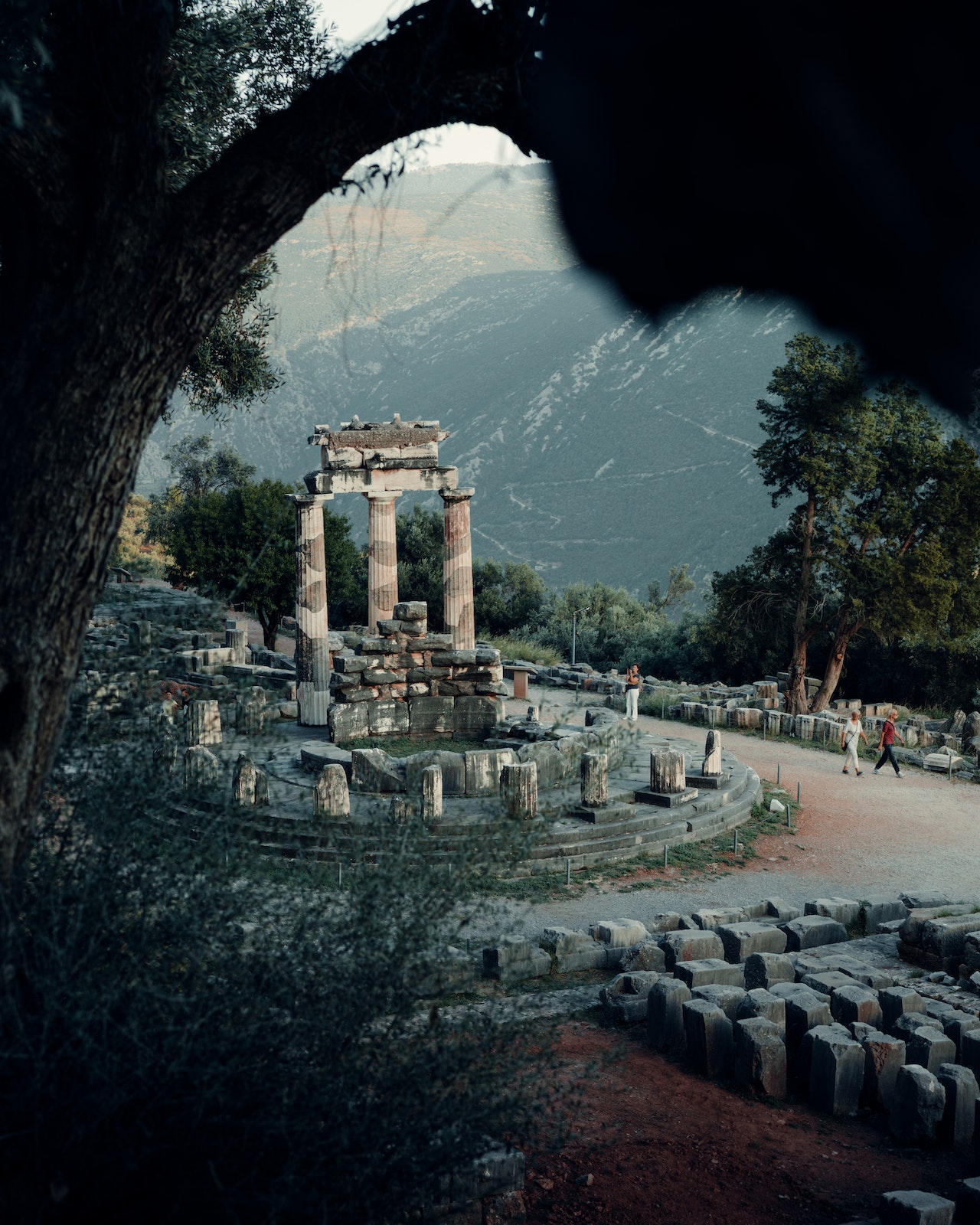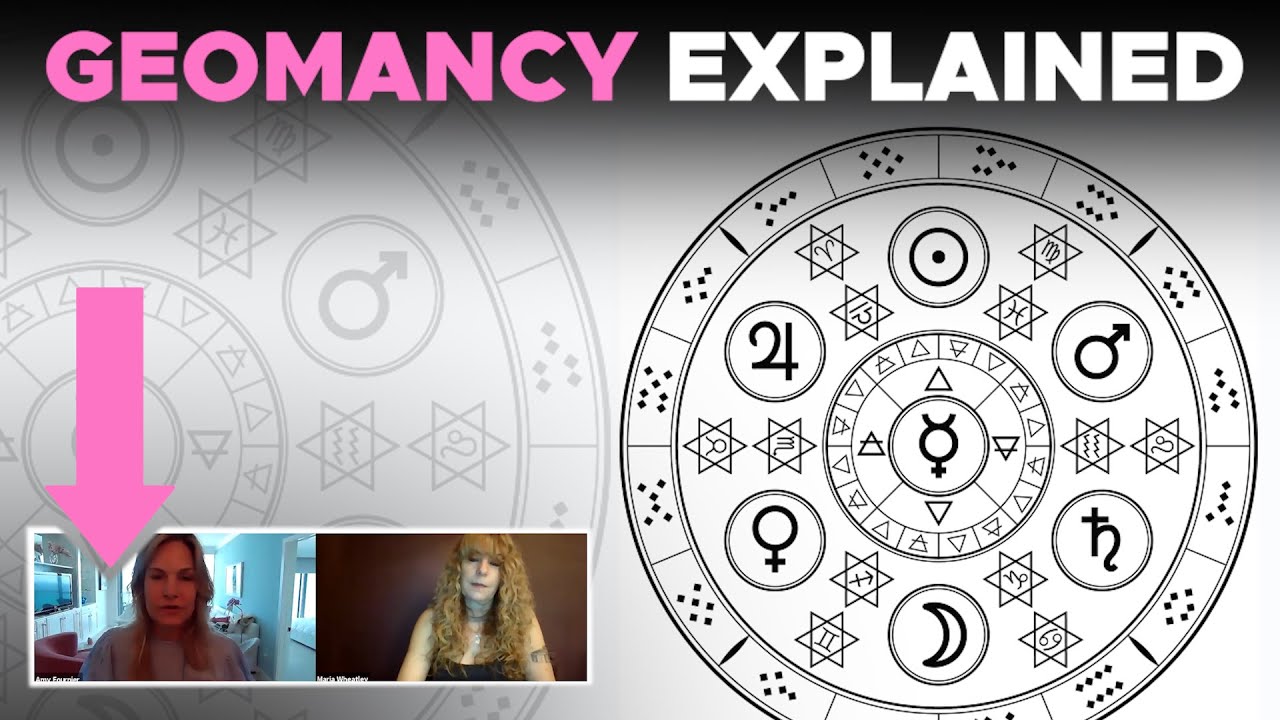Discovering The Harmony Between Architecture And Geomancy
Discover the interconnection between architecture and geomancy. Learn how the use of geomancy principles in architectural design can lead to sustainable and regenerative built environments that promote human well-being and the health of the planet.
Author:Aurora SmithReviewer:Kelly HayesJul 17, 20222 Shares334 Views

Geomancyis an ancient art of divinationand earth healing that has been practiced by different cultures around the world for thousands of years.
This ancient practice involves the study of the earth, its energies, and how it can be harnessed to improve human lives. In this article, we will explore the history and principles of geomancy, its different methods, and how it can be applied in architecture and design.
The History And Principles Of Geomancy
The term geomancy comes from the Greek words "ge" (earth) and "manteia" (divination). The practice of geomancy dates back to ancient China, where it was known as "feng shui" or "wind and water." The Chinese believed that the earth's energy, or "chi," could affect human health, prosperity, and well-being. They used geomancy to determine the most auspicious locations for homes, tombs, and important buildings.
Geomancy also played a significant role in the Middle East, where it was used to locate sources of water, oil, and other valuable resources. In Europe, geomancy was associated with alchemy and astrologyand was used to predict the future and find hidden treasures.
The principles of geomancy are based on the belief that the earth is a living organism with its own energy and intelligence. This energy is influenced by the alignment of celestial bodies, the flow of water, and the composition of the earth's minerals. By studying these patterns and energies, geomancers can determine the most favorable locations for homes, businesses, and other structures.

What Is Geomancy?
Different Methods Of Geomancy
Geomancy has been practiced in many different forms, each with its own unique methods and techniques. Some of the most common methods of geomancy include:
Feng Shui
Feng shui is the most well-known form of geomancy and is widely practiced in China and other parts of Asia. It involves the placement of objects and structures in such a way as to harmonize with the surrounding environment and promote positive energy flow.
Dowsing
Dowsingis a form of divination that involves the use of a divining rod or pendulum to locate underground water, minerals, or other hidden objects. This method is commonly used in Europe and North America to locate sources of water for agriculture and domestic use.
Earth Acupuncture
Earth acupuncture is a form of geomancy that involves the use of needles or other instruments to balance the energy flow of the earth. This method is commonly used in North America and Europe to heal sick buildings, improve soil fertility, and restore damaged ecosystems.
Astrology And Numerology
Astrology and numerologyare often used in conjunction with geomancy to determine the most favorable locations for homes and other structures.
Astrology uses the position of celestial bodies to predict future events, while numerology assigns numerical values to letters and words to determine their mystical significance.
Geomancy In Architecture And Design
Geomancy can also be applied in architecture and design to create buildings that are harmonious with their surroundings and promote positive energy flow. Architects and designers can use geomancy principles to determine the best orientation, layout, and materials for their buildings.
For example, a building designed according to feng shui principles would have its main entrance facing south to capture the most sunlight and positive energy. The placement of doors, windows, and other architectural features would also be carefully considered to promote positive energy flow and balance.
Geomancy can also be used to determine the most favorable materials for a building. For example, earthy materials such as clay, stone, and wood are believed to promote positive energy flow and harmony with the earth.
The integration of geomancy principles in architecture can lead to sustainable and regenerative built environments that support human well-being and the health of the planet. You can learn moreabout this relation in Commercial Architecture Magazine.
The Benefits Of Geomancy In Architecture And Design
The application of geomancy principles in architecture and design has numerous benefits that go beyond aesthetics. One of the main advantages is that it helps create buildings that promote health, well-being, and productivity.
By using geomancy principles, architects and designers can create spaces that are more energy-efficient, comfortable, and harmonious with their surroundings. Moreover, buildings designed using geomancy principles can reduce stress, improve sleep quality, and enhance creativity, among other benefits.
Geomancy And Sustainability
Geomancy principles can be applied in architecture and design to create sustainable buildings that minimize their impact on the environment.
By using natural materials, optimizing energy use, and designing buildings that are in harmony with the surrounding environment, architects and designers can create buildings that are eco-friendly and promote sustainable living.
Moreover, buildings designed using geomancy principles can contribute to the regeneration of ecosystems, enhance biodiversity, and reduce greenhouse gas emissions.
Geomancy And Cultural Identity
In addition to its practical benefits, geomancy can also be used to create buildings that reflect cultural identity and values. By incorporating cultural symbols, motifs, and design elements, architects and designers can create buildings that resonate with the local community and help preserve cultural heritage.
Furthermore, buildings designed using geomancy principles can foster a sense of belonging, pride, and identity among residents, visitors, and users, strengthening social cohesion and community resilience.
Geomancy And Real Estate
Geomancy can also play a role in real estate by helping investors and developers identify the most favorable locations for their projects. By using geomancy principles, real estate professionals can assess the energy flow and potential of different properties, and make informed decisions about their development.
Geomancy can also be used to assess the potential risks and opportunities of a property, such as the impact of neighboring structures, the presence of underground water, and the history of the site.
The Future Of Geomancy
As society becomes more aware of the need to create sustainable, healthy, and harmonious living environments, the practice of geomancy is gaining renewed interest. Architects, designers, and real estate professionals are increasingly using geomancy principles in their work, and new technologies are being developed to enhance the accuracy and effectiveness of geomancy methods.
Moreover, geomancy is being used in interdisciplinary collaborations, such as the integration of green infrastructure and landscape architecture, to create holistic and regenerative solutions to urban and environmental challenges.
The future of geomancy is promising, as it offers a holistic and innovative approach to creating built environments that are in harmony with nature and human well-being.
People Also Ask
Is Geomancy Allowed In Islam?
A geomancer is a practitioner of geomancy, an ancient practice that uses the Earth's energy and natural elements to analyze and shape the environment for human benefit.
What Is The Origin Of Geomancy?
Geomancy has its origins in ancient Arabia, but it has also been practiced in various forms in China, India, Europe, and Africa.
What Is The Definition Of A Geomancer?
The use of geomancy is a subject of debate among Muslim scholars, with some viewing it as a legitimate practice and others considering it a form of divination or superstition that is prohibited in Islam. Overall, there is no consensus on the permissibility of geomancy in Islam, and it is up to individuals to make their own informed decision.
Conclusion
Geomancy is an ancient practice that offers valuable insights and principles for creating buildings and environments that promote health, sustainability, and cultural identity.
By using geomancy principles, architects, designers, and real estate professionals can create buildings that are not only aesthetically pleasing but also functional, energy-efficient, and in harmony with their surroundings.
As the world faces increasing urbanization, environmental degradation, and social challenges, the practice of geomancy offers a holistic and innovative approach to creating sustainable and regenerative built environments that support human well-being and the health of the planet.

Aurora Smith
Author
Aurora Smith is a dedicated writer with a profound interest in the mystical and esoteric. Through her articles on psychic phenomena, tarot, and magic, Aurora seeks to unravel the secrets of the universe and empower readers on their spiritual journey.
With a background in metaphysical studies and a passion for ancient wisdom traditions, Aurora provides thoughtful interpretations and practical advice to those seeking guidance in navigating the unseen realms.
Beyond her writing, Aurora enjoys exploring nature, practicing yoga, and delving into the mysteries of the human mind.

Kelly Hayes
Reviewer
Kelly Hayes is a versatile writer specializing in delivering insightful content across global and local news from Mississippi, as well as psychics, horoscope, and numerology for beginners.
With a background in journalism and a commitment to accuracy, Kelly's articles offer readers a comprehensive understanding of current events alongside spiritual insights. She seamlessly blends investigative rigor with esoteric knowledge, empowering readers to navigate both the material and spiritual dimensions of life.
When not immersed in her writing, Kelly enjoys exploring new topics, honing her craft, and fostering connections with her readers.
Latest Articles
Popular Articles

